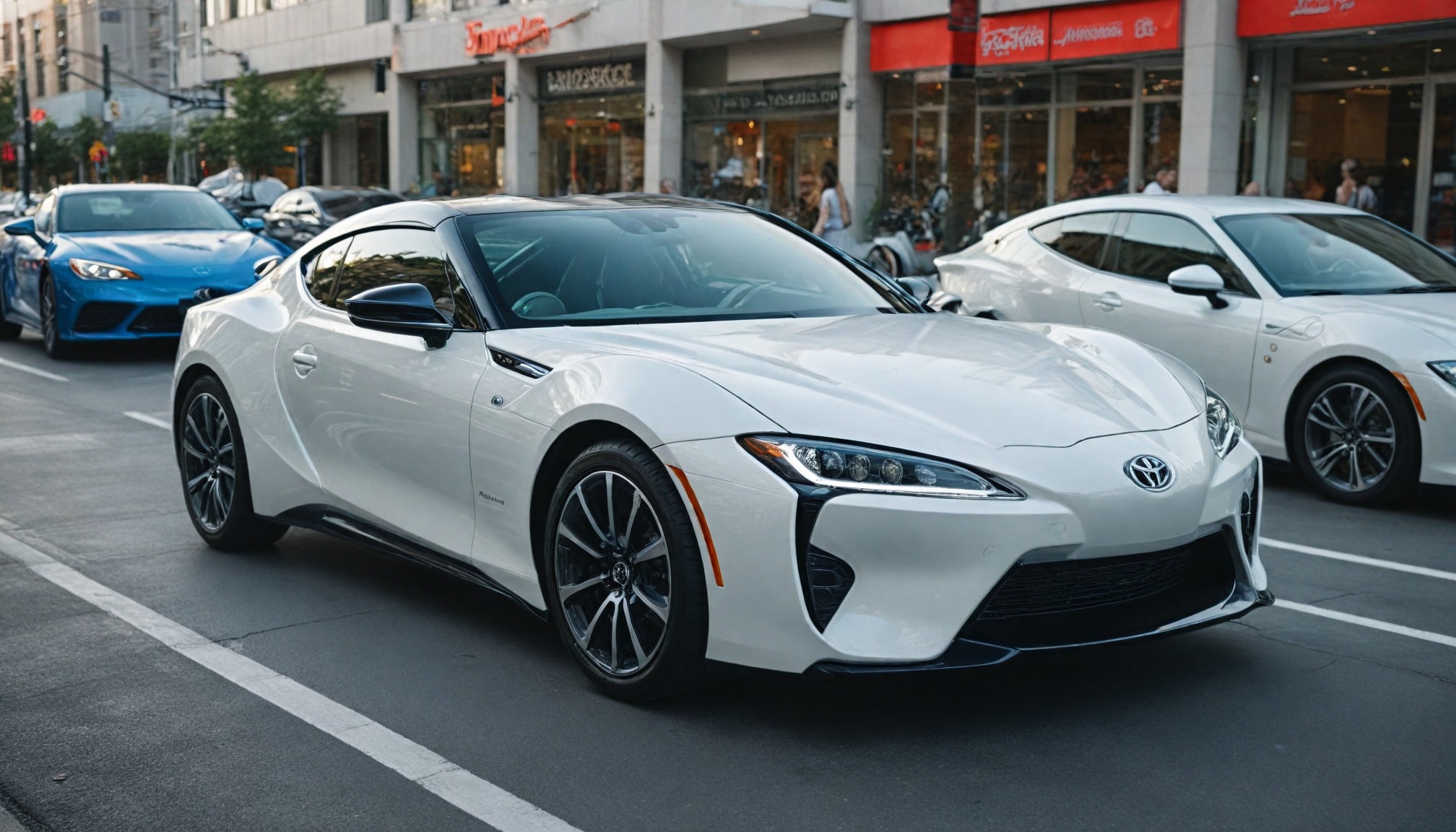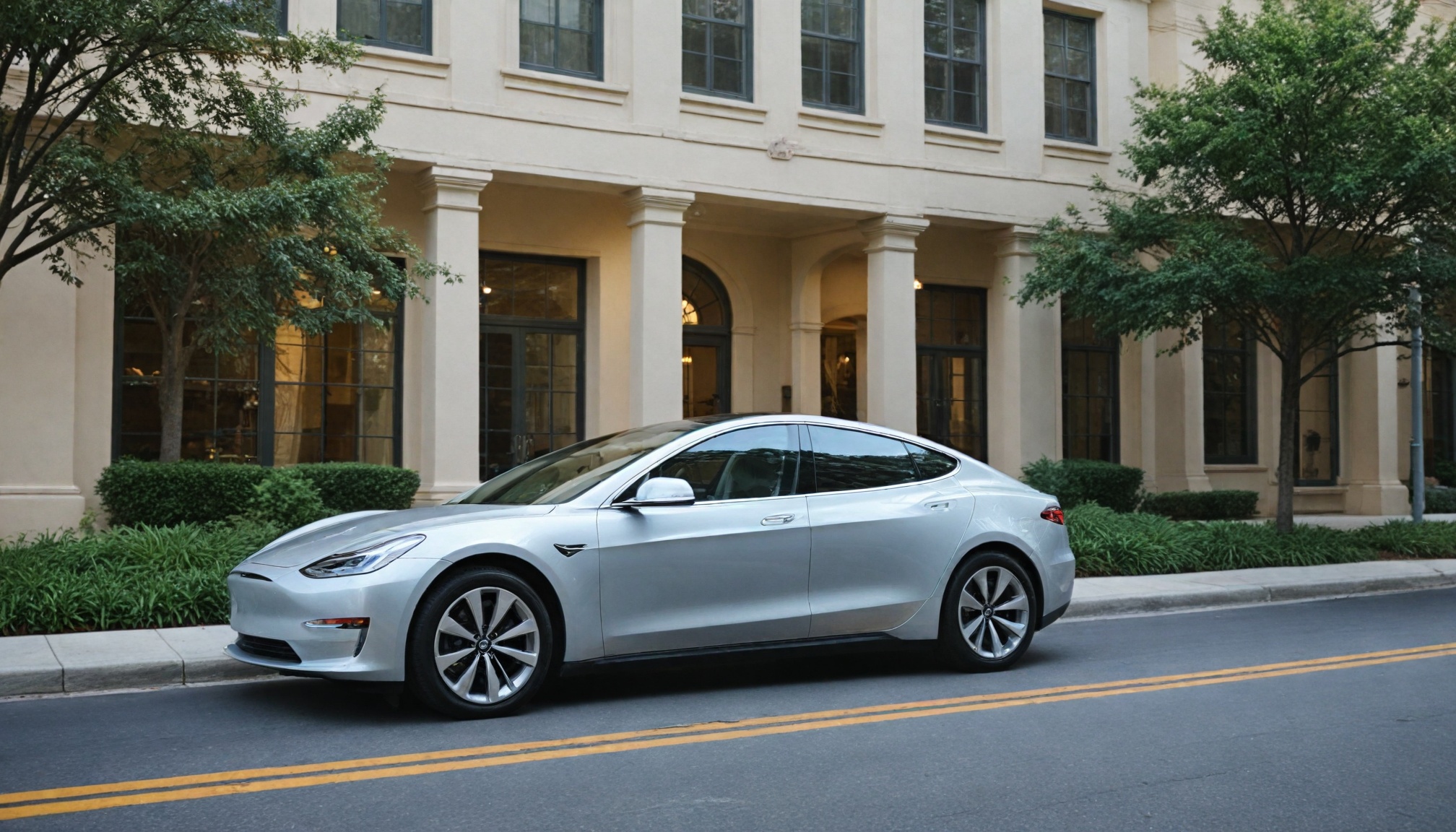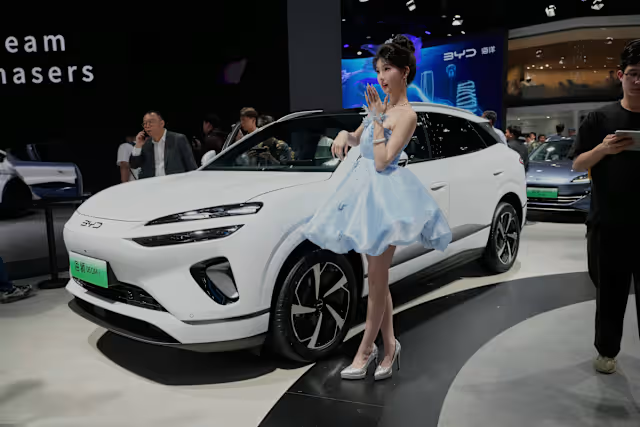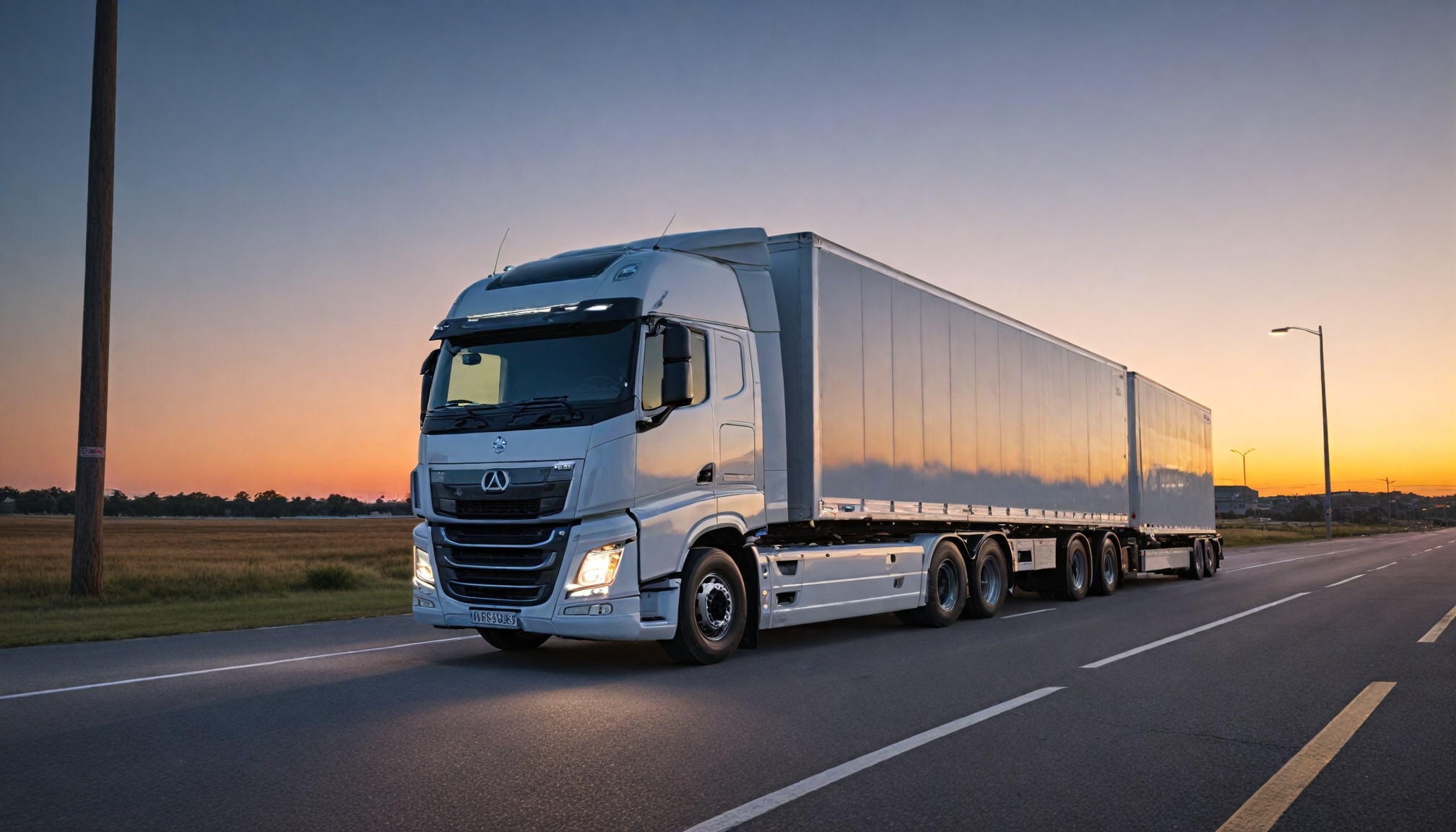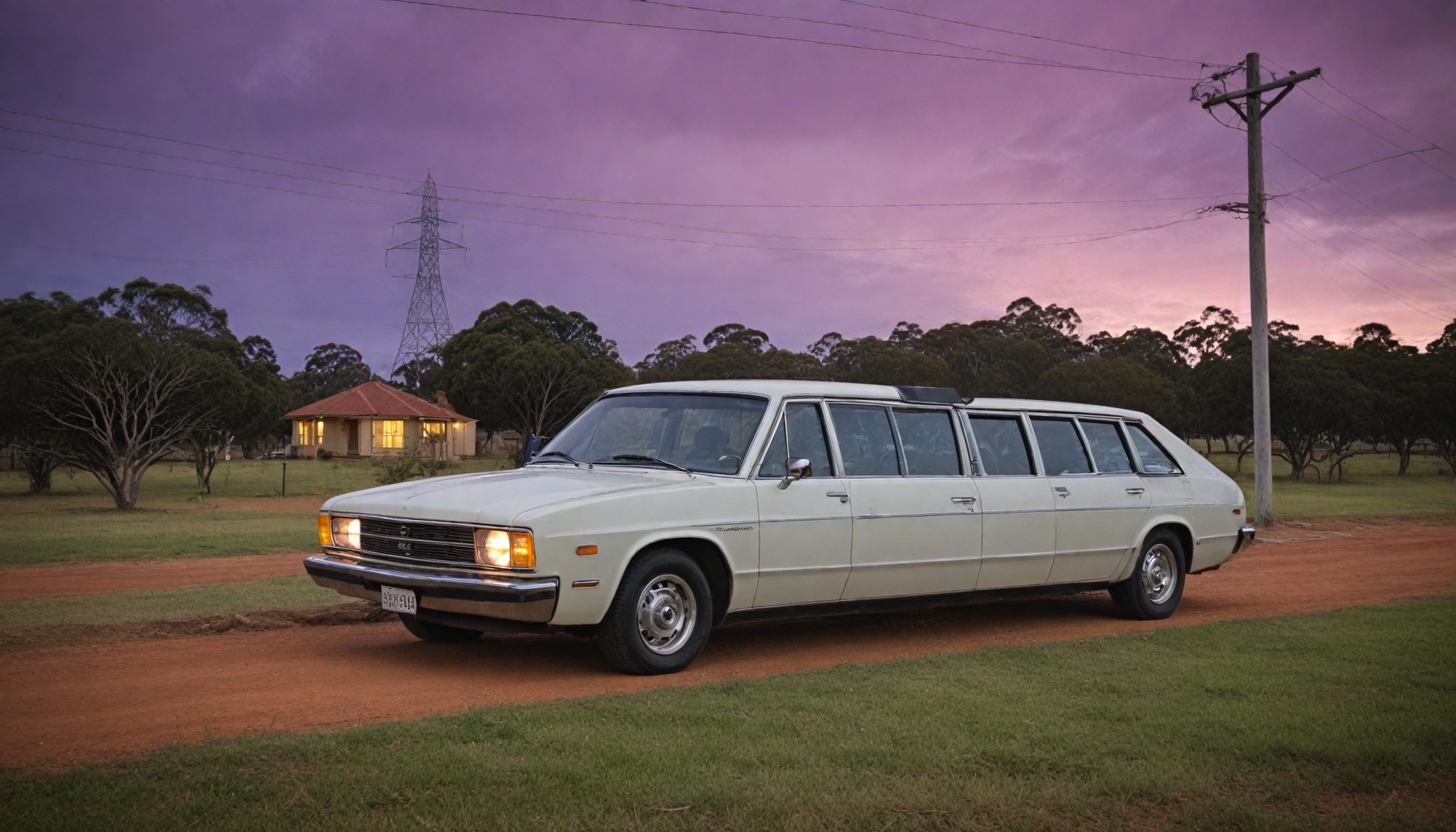
Australia's EV market lags with only 11% adoption by 2025, hampered by poor charging infrastructure, policy gaps, and high costs compared to global leaders reaching 20%.

Drivetech Partners
Australia's electric vehicle market is lagging significantly behind global leaders, with EVs projected to make up just 11% of new car sales in 2025 compared to the global average of 20%. This stark contrast highlights the complex challenges Australia faces in its transition to sustainable transportation, from infrastructure gaps to policy inconsistencies that have slowed adoption across the continent.
Key Takeaways
Australia's EV-to-charger ratio (68:1) is six times worse than the global average (11:1), creating a major infrastructure barrier
The introduction of the New Vehicle Efficiency Standard in 2024 marks a turning point for Australia's EV market
Over 77% of Australia's EVs are sourced from China, with limited local manufacturing keeping prices high
Consumer hesitation remains driven by range anxiety and deeply ingrained preferences for conventional vehicles
Accelerated EV adoption is essential for climate targets, requiring coordinated policy, infrastructure, and industry action

Australia's EV Adoption: Falling Behind the Global Curve
While the world races toward electric mobility, Australia has been stuck in the slow lane. With projections showing EVs will account for only 11% of new car sales in 2025 (approximately 130,000 vehicles), Australia sits significantly below the global average of 20%. For context, over 14 million EVs were sold worldwide in 2023, representing 14% of global new car sales.
The contrast becomes more stark when comparing Australia to market leaders. China, Europe, and the United States have dramatically accelerated their EV transitions through aggressive policy incentives and infrastructure investments. Even as Australia's EV market grows, the pace remains insufficient to catch up with international trends.
The Perfect Storm: Policy Gaps and Infrastructure Shortfalls
Australia's slow EV uptake can be attributed to a perfect storm of challenges. Perhaps most glaring is the country's charging infrastructure deficit. With an EV-to-public charger ratio of 68:1 (compared to the global average of 11:1), Australia has one of the worst ratios in the developed world.
As of early 2025, Australia has approximately 1,100 fast-charging stations with over 3,500 plugs nationwide. While this represents significant growth from just 356 stations in 2022, it falls far short of what's needed for a country of Australia's size.
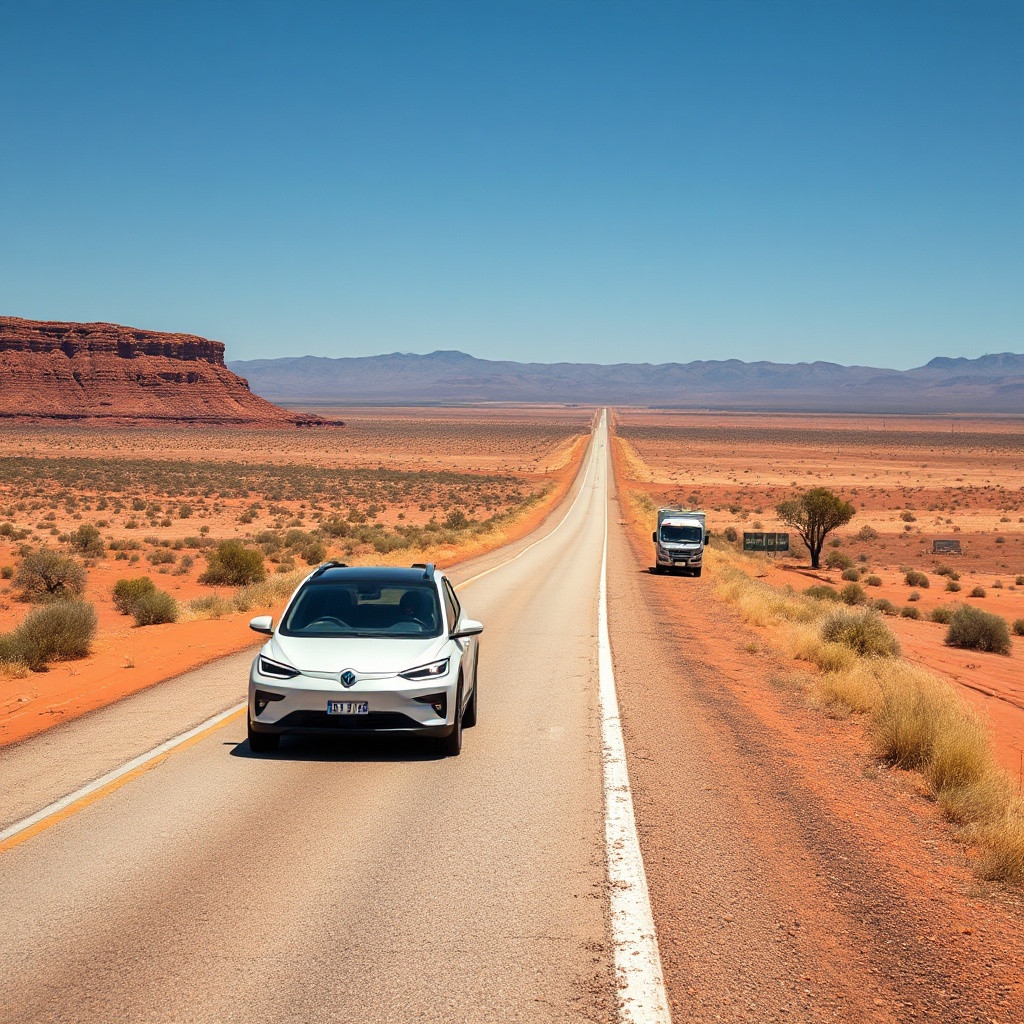
The policy landscape has also hindered progress. Until 2024, Australia lacked nationwide fuel efficiency standards, which limited the market's appeal compared to regions with robust regulatory frameworks. The recent introduction of the New Vehicle Efficiency Standard represents a major turning point, forcing automakers to bring more EV models to Australian shores.
While state-level initiatives in Victoria and New South Wales provide some incentives, nationwide policy alignment remains incomplete. This patchwork approach has created confusion for consumers and manufacturers alike.
Affordability Challenges: The Price Barrier for Australian Consumers
Cost remains a significant hurdle for Australian EV adoption. Over 77% of Australia's electric vehicles are sourced from China, and limited local manufacturing has maintained high prices compared to traditional vehicles. Despite recent market growth, mainstream adoption has been constrained by cost barriers for average consumers.

The market is slowly responding to these challenges. Recent expansions have introduced more affordable options, with some models now available under $35,000. Medium SUVs, Australia's most popular vehicle category, now see 21.7% electric penetration, helping address consumer preferences. At least 10 new EV models are entering the Australian market in 2025, bringing total options to 40.
Consumer Perceptions: Range Anxiety and Cultural Resistance
Beyond infrastructure and affordability, Australia's EV transition faces cultural barriers. Historical skepticism, fueled by political rhetoric (including claims that EVs would "end the weekend"), has slowed consumer excitement despite growing climate awareness.
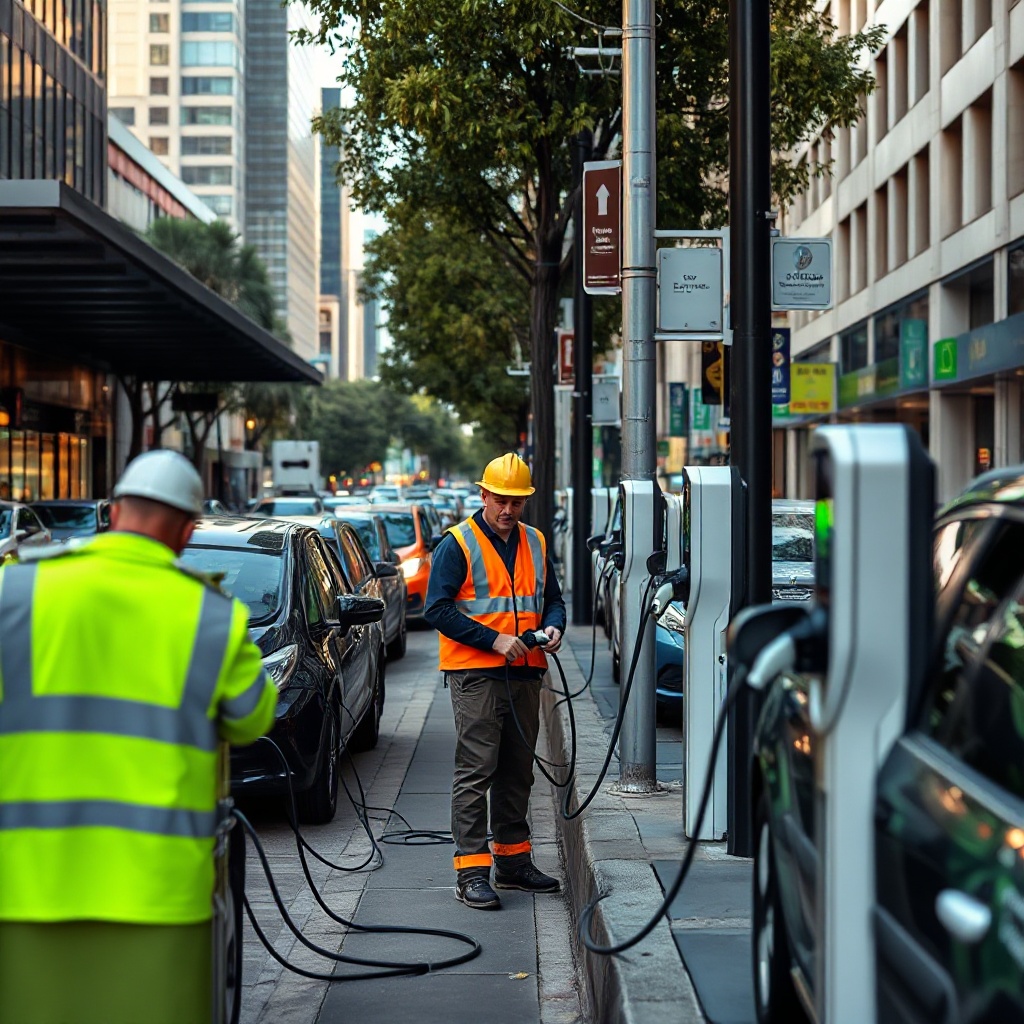
Range anxiety persists due to Australia's vast distances and inadequate charging infrastructure. While early adopters have already switched to electric, the broader market faces deeply ingrained preferences for petrol and diesel vehicles. The total cost of ownership benefits of EVs remain poorly understood by mainstream consumers.
Rural and regional adoption faces particular challenges due to charging network gaps. For Australians living outside major metropolitan areas, the lack of reliable charging options makes EVs seem impractical, regardless of their advancing range capabilities.
Policy Solutions: Following Global Success Stories
To accelerate Australia's EV transition, continued rollout of ambitious national policy incentives is needed to sustain momentum. Enforcement of vehicle efficiency standards is essential to attract more global EV models to Australian shores.
Structured, multi-year federal subsidy programs for both vehicles and charging infrastructure are critical for stimulating mass adoption. Success models from Europe and China demonstrate the effectiveness of consistent policy frameworks that provide certainty to manufacturers and consumers alike.
Australia must align its climate transport policies with emissions reduction targets. The current patchwork approach needs to evolve into a comprehensive national strategy that provides clear signals to the market.
Infrastructure Expansion: Closing the Charging Gap
Recent progress includes a $2.4 million investment from ARENA to install 250 kerbside chargers in 60 local government areas. Innovative approaches, like installing chargers on existing power poles, can accelerate urban deployment while minimizing costs and disruption.
Australia needs a strategic goal to align its public charger density with the global average by 2030. This will require tens of thousands of new installations and a coordinated approach to placement and technology.
Public-private partnerships are essential for cost-effective nationwide rollout, particularly in rural areas where commercial viability may be challenging. These partnerships can help ensure that charging infrastructure reaches beyond urban centers to enable truly nationwide EV adoption.
Industry Collaboration: Building an EV Ecosystem
Stronger industry partnerships are needed to incentivize local assembly or reduce import tariffs on electric vehicles. There should be a focus on increasing supply in segments Australians prefer, such as medium and large SUVs.
Automakers must be encouraged to prioritize the Australian market with competitive models. The development of battery recycling and second-life battery industries could create a domestic value chain, reducing costs and environmental impact.
Industry training programs are needed to develop EV service capabilities nationwide. As the fleet electrifies, Australia will need thousands of trained technicians capable of servicing these vehicles, creating new job opportunities in the process.
Climate Commitments: The Urgent Case for Acceleration
The transport sector remains a major emissions contributor in Australia. Accelerated EV adoption is essential for meeting Australia's climate targets and net-zero ambitions by 2050.
The current adoption rate is insufficient to align with global decarbonization timelines. Success will depend on reforms, infrastructure investment, and public engagement strategies that can overcome the current barriers.
Despite the challenges, an opportunity exists to transform Australia from laggard to leader with a coordinated national approach. By learning from global best practices and adapting them to Australia's unique conditions, the country can catch up and potentially leap ahead in specific areas of the EV transition.
Sources
The Driven - Australian electric vehicle sales by month and by model in 2025
GlobeNewswire - Australia Electric Vehicle and Charging Infrastructure Market Databook 2025
Statista - Electric Vehicles Outlook Australia
Zecar - Australia EV Market Set for Growth 2025
Zecar - Australia EV Charging Expansion 250 Kerbside Chargers ARENA
Virta Global - Global Electric Vehicle Market
Climate Scorecard - Australia Remains Behind in EV Charging Facilities
Minister.dcceew.gov.au - Charging Ahead EV Infrastructure
Carbon Brief - Factcheck 21 Misleading Myths About Electric Vehicles

